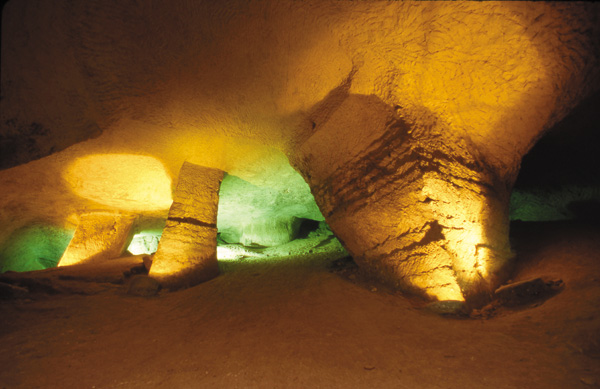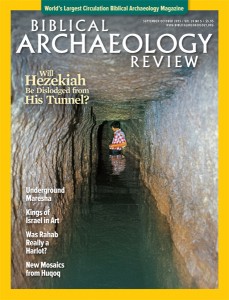
It is commonplace in archaeology: An excavation provides more questions than answers. That is certainly true at Maresha.
The site is mentioned several times in the Bible, the first time in Joshua, in connection with the division following the Israelite entry into the land. To Judah was assigned Maresha, a town “with its villages” (Joshua 15:44). However, the earliest remains recovered at the site (known at the beginning of the 20th century by its Arabic name, Tel Sandahanna) date to the eighth century B.C.E. While it is theoretically possible that earlier remains may be discovered in the future, it is more probable that the text of Joshua was written at a later date when Maresha had already been established.
Occupation at the site was confined to the mounded tell during the Biblical period. It was a village of a mere 6 acres. In the Hellenistic period (third–second centuries B.C.E.) Maresha expanded to a lower city that surrounded the tell, enlarging the town to 80 acres, a more than 13-fold increase!
The most amazing aspect of the site is that in the Hellenistic period a series of extraordinary underground cave complexes was created—or rather quarried—under the buildings of Maresha. So far, more than 170 of these underground cave complexes have been identified that include thousands of caves.
Already a library member? Log in here.
Institution user? Log in with your IP address.

